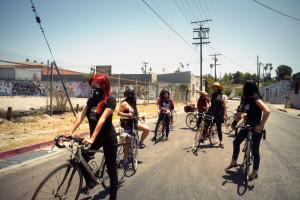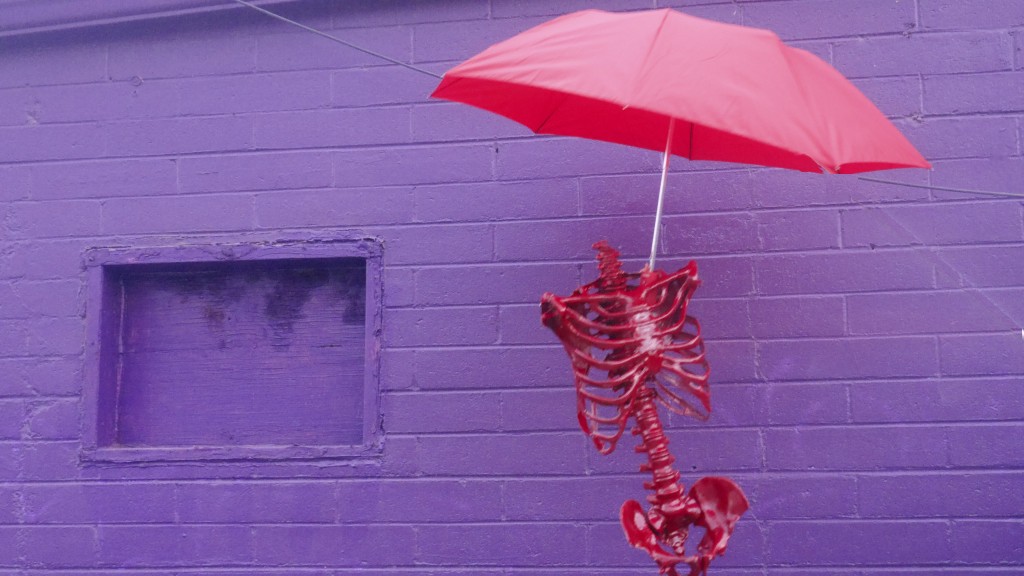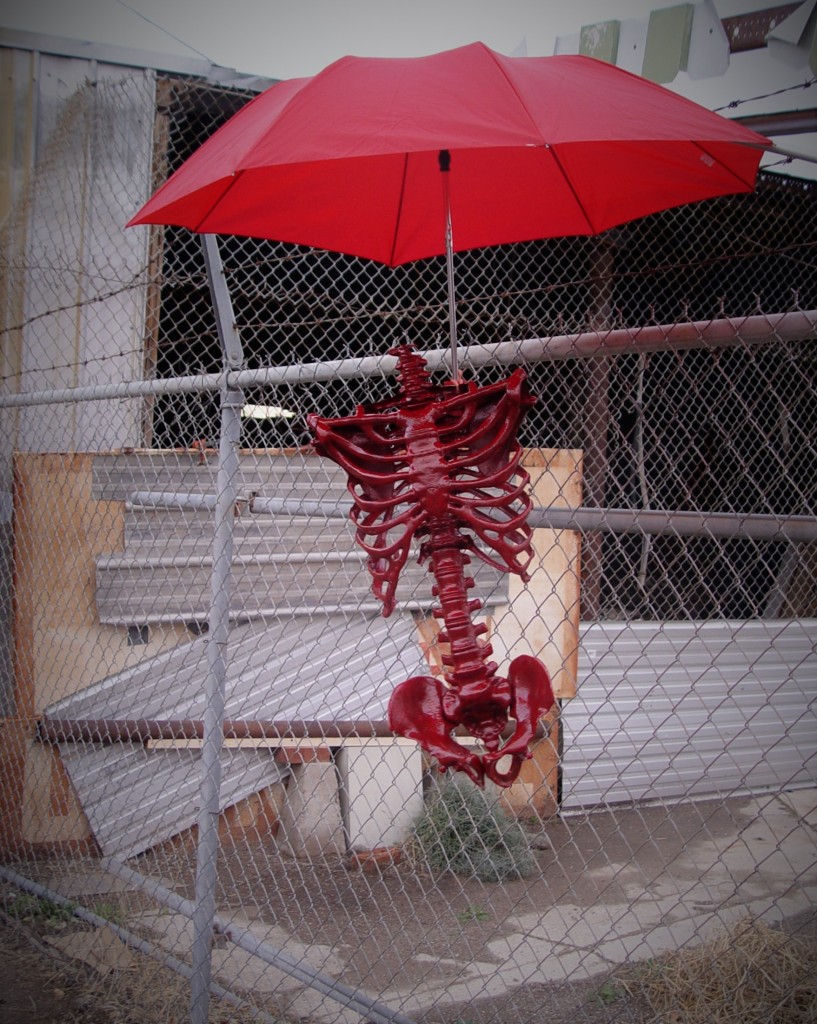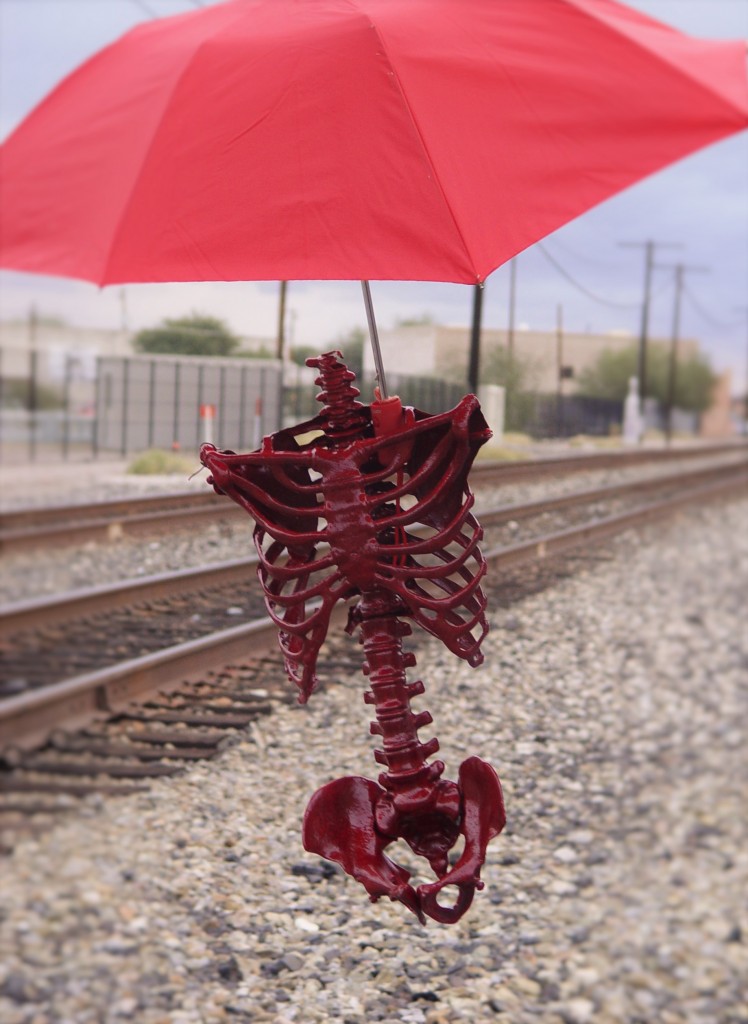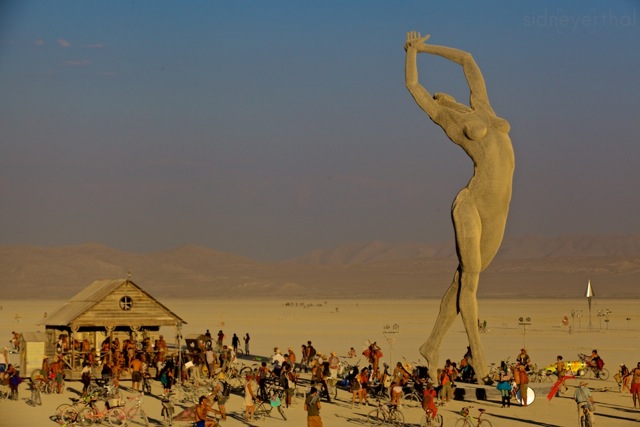“Shortly before midnight on Sunday, officers say Bradley Mills was outside his home on Mason Avenue [in Florida] with his wife. Mills says he saw and heard two men two houses down staring and whistling at his wife, and told them to stop disrespecting her.
According to the police report, Mills’ wife went inside, and when Mills followed, he heard one of the men shout after him. He allegedly ignored him and kept walking, but turned when the man called out again and saw the man holding a gun, which he shot towards the ground. Then, Mills says the man shot several times at him while following him towards his house. Two of the bullets hit Mills, and he told his wife to call 911.
Authorities say they tracked down the shooter and identified him as Rolando Fernandez Rodriquez. He was arrested at his home on Pine Avenue in Haines City.
Mills was treated for two gunshot wounds at the Heart of Florida Hospital. He is expected to be okay. Rodriquez was transported to the Polk County Jail and charged with Attempted Murder in the 2nd Degree.”
Bradley Mills did everything right as a witness to street harassment. The scary reality is, you never know which harasser will escalate — some will escalate if you ignore, if you speak back assertively (as he did), or if you lash out. All we can do is make the best decision we can in the moment and try to stay safe.
I am grateful he told the harassers they were disrespectful and I’m relieved he will recover from his injuries.

